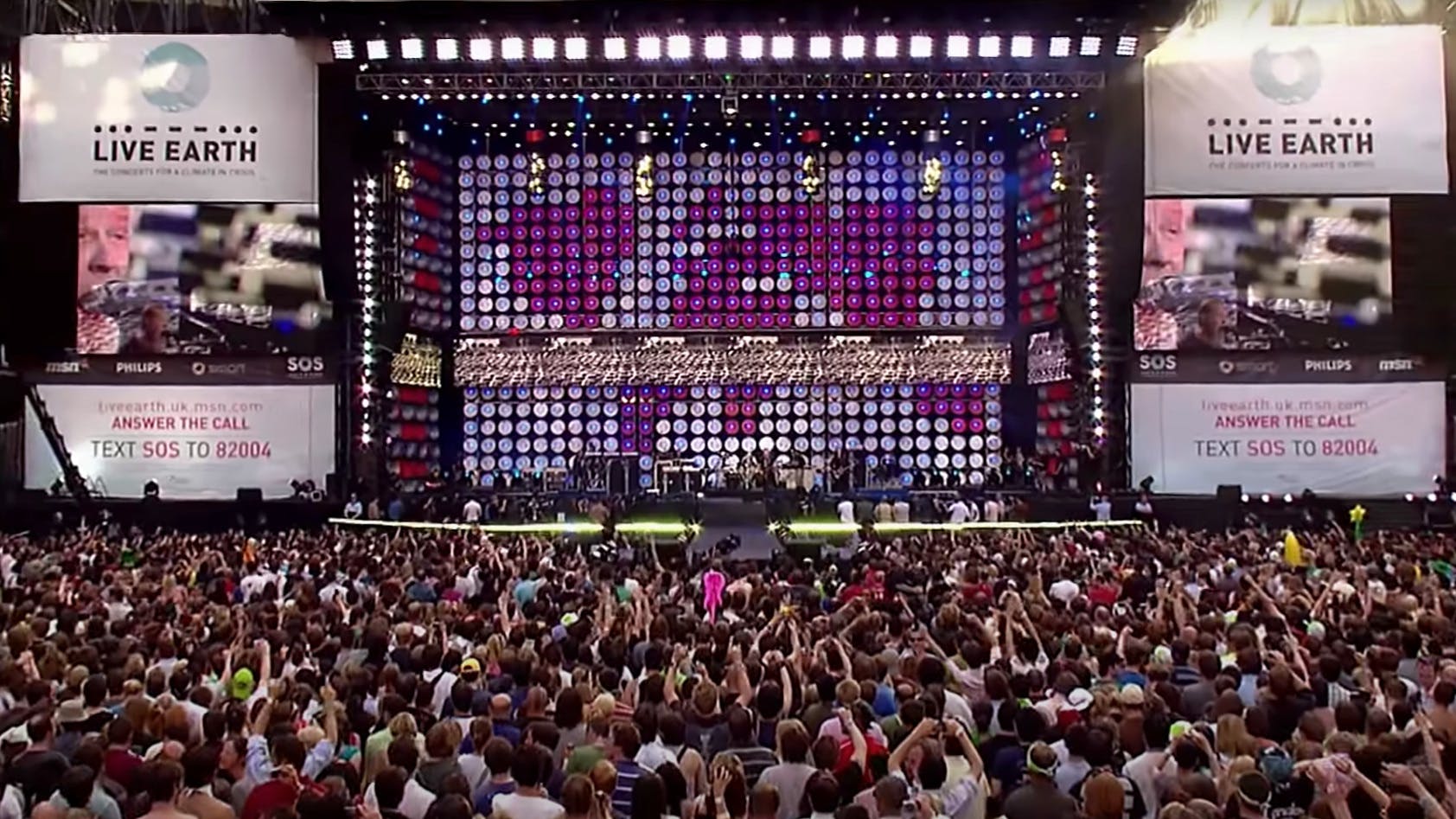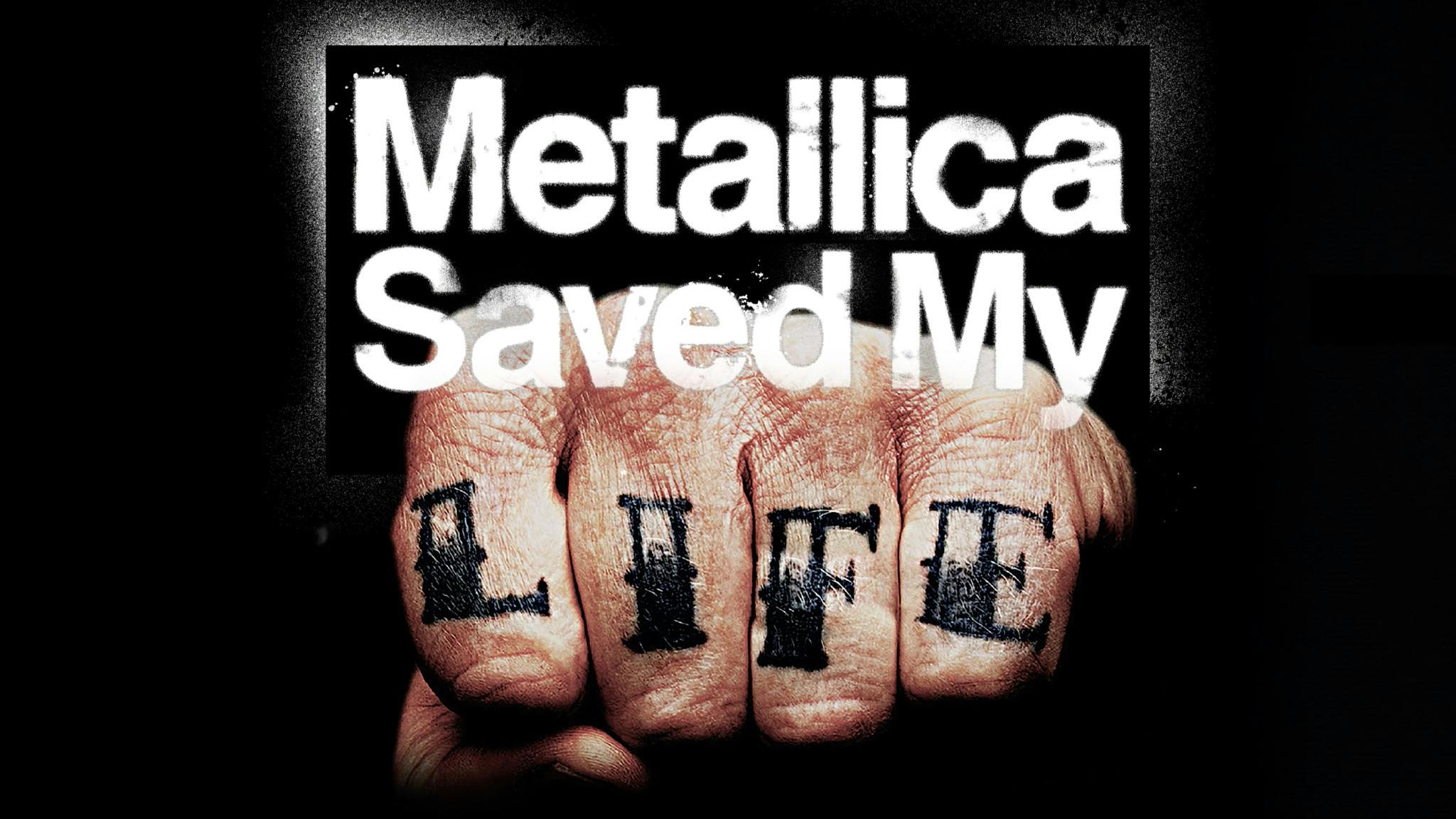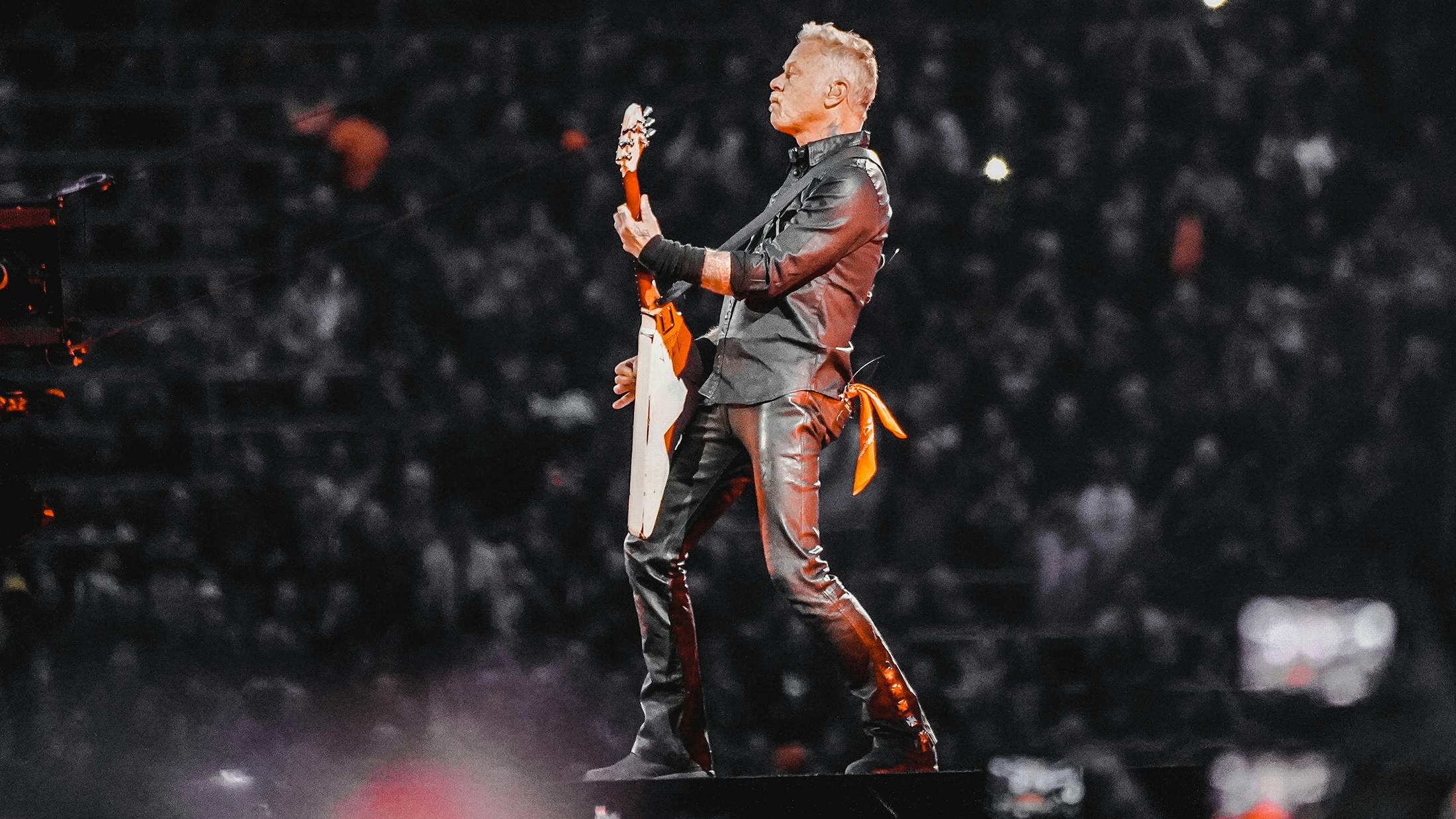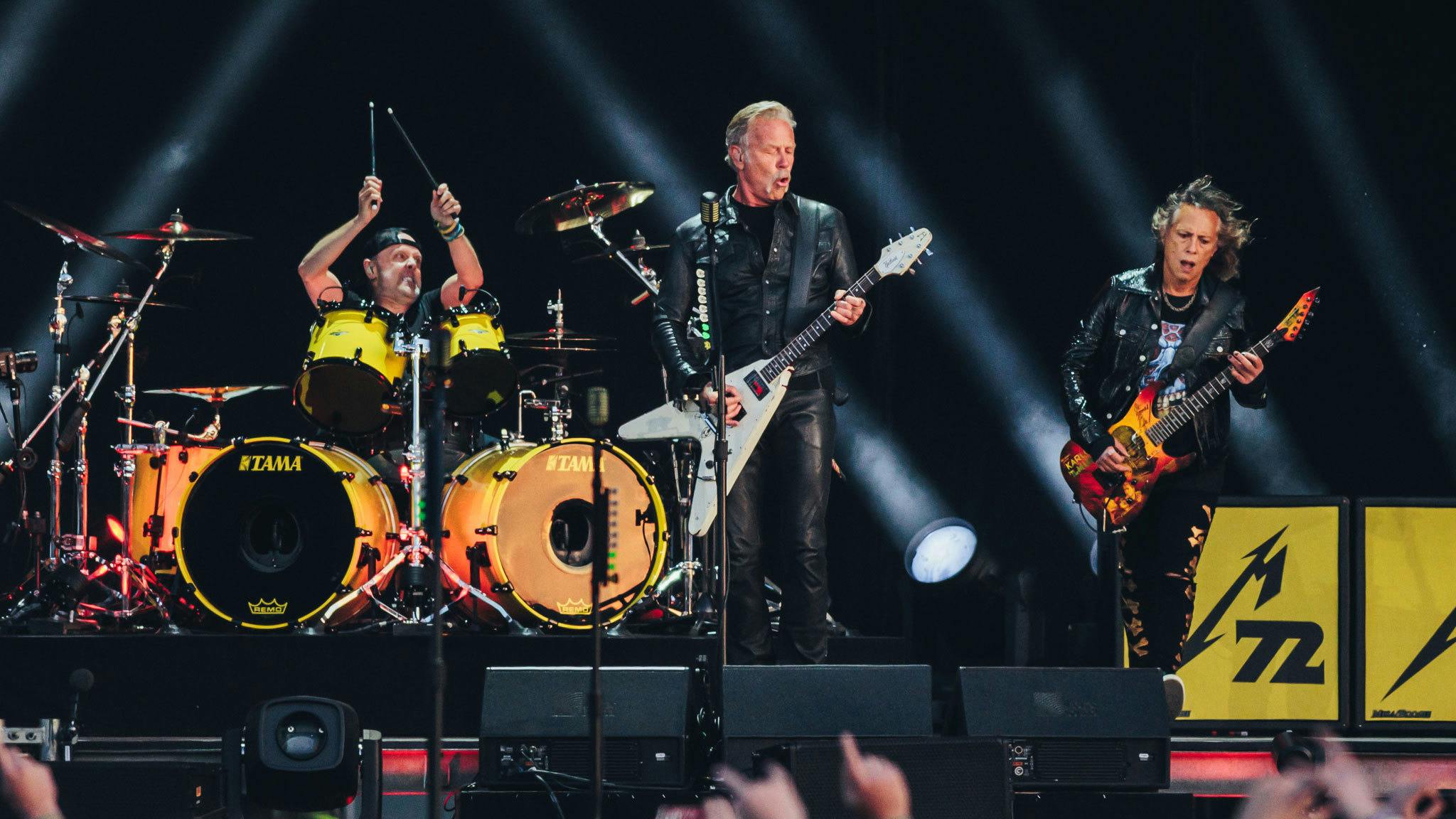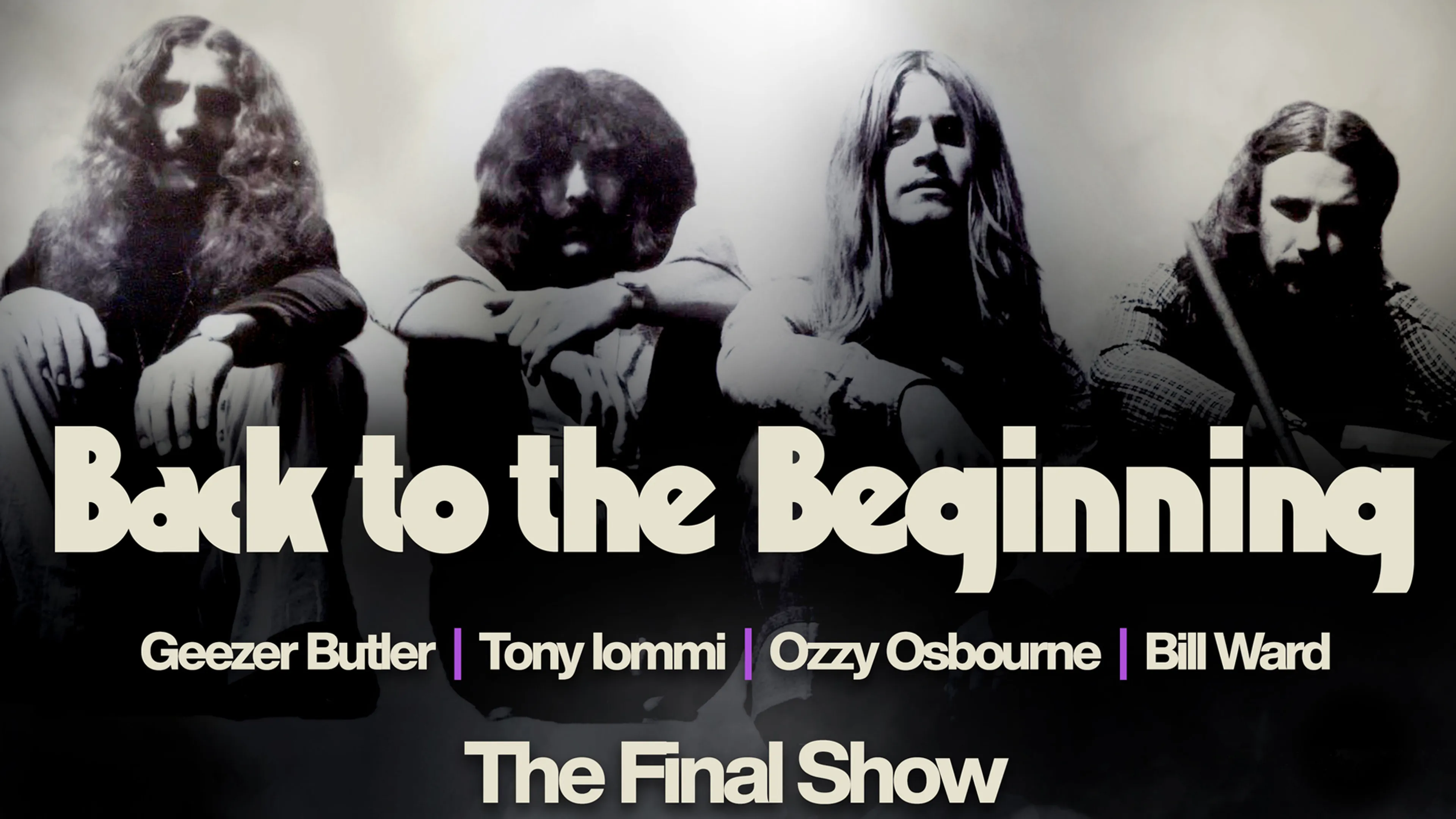On the day of the gigs, messaging about the climate crisis was front and centre – quite literally in London at Wembley Stadium where calls to action were beamed across a digital screen running the width of the stage. A succession of A-List presenters – from Kevin Bacon to Cameron Diaz and Leonardo DiCaprio – were keen to state the event should be a wake up call, but also a “hopeful” celebration.
Concert-goers and viewers were urged to engage with the climate on many levels. They were encouraged to take some form of personal accountability, like “shopping for energy-efficient appliances” and conserving electricity at home. They were asked to spread word about the crisis, to write to their elected official or newspaper. Perhaps most substantially though, organisers asked people to add their name to a pledge on the Live Earth website; a framework that called for quicker and firmer action from governments – like banning the construction of any new coal-fired power plants that didn’t have the capability to trap and store their own CO2 output. As we know, all these years later, governments are still not taking the decisive measures needed to limit global warming.
The shows themselves were technologically ahead of the times, too – the electricity powering the gigs were from renewable sources, energy-saving lightbulbs were used on stage and the air travel of all the artists, crew and staff were offset through carbon credits.
With a bill that extensive, there were some memorable performances (and some less so, hello Damien Rice and David Gray doing Que Sera, Sera). In London, the show opened with a one-off collaboration between the “SOS All-Stars” – Foo Fighters’ Taylor Hawkins, Chad Smith from Red Hot Chili Peppers and Queen’s Roger Taylor – joined by a supporting cast of drummers.
Later in the day, a charged-up Metallica delivered a short set that included the thunderous Sad But True. The crowd – who also saw performances from Keane, The Pussycat Dolls and James Blunt that day – looked both bemused and enthralled.
